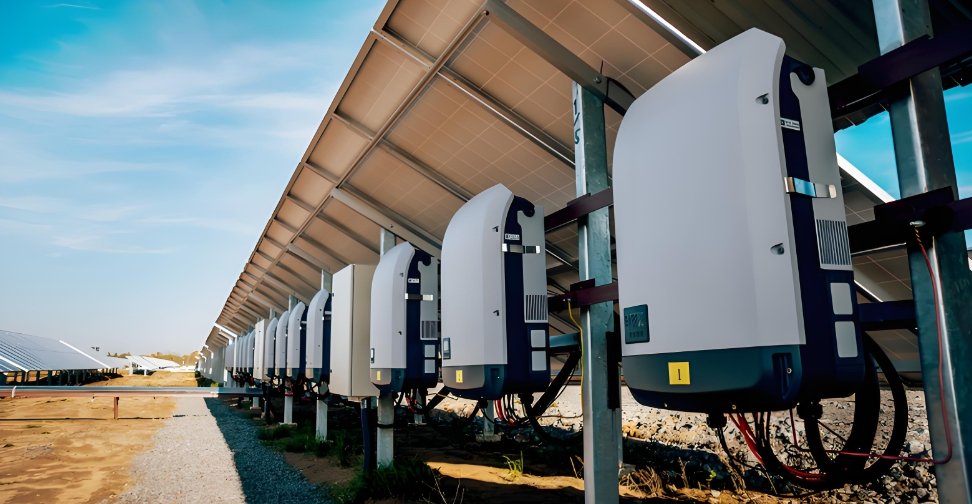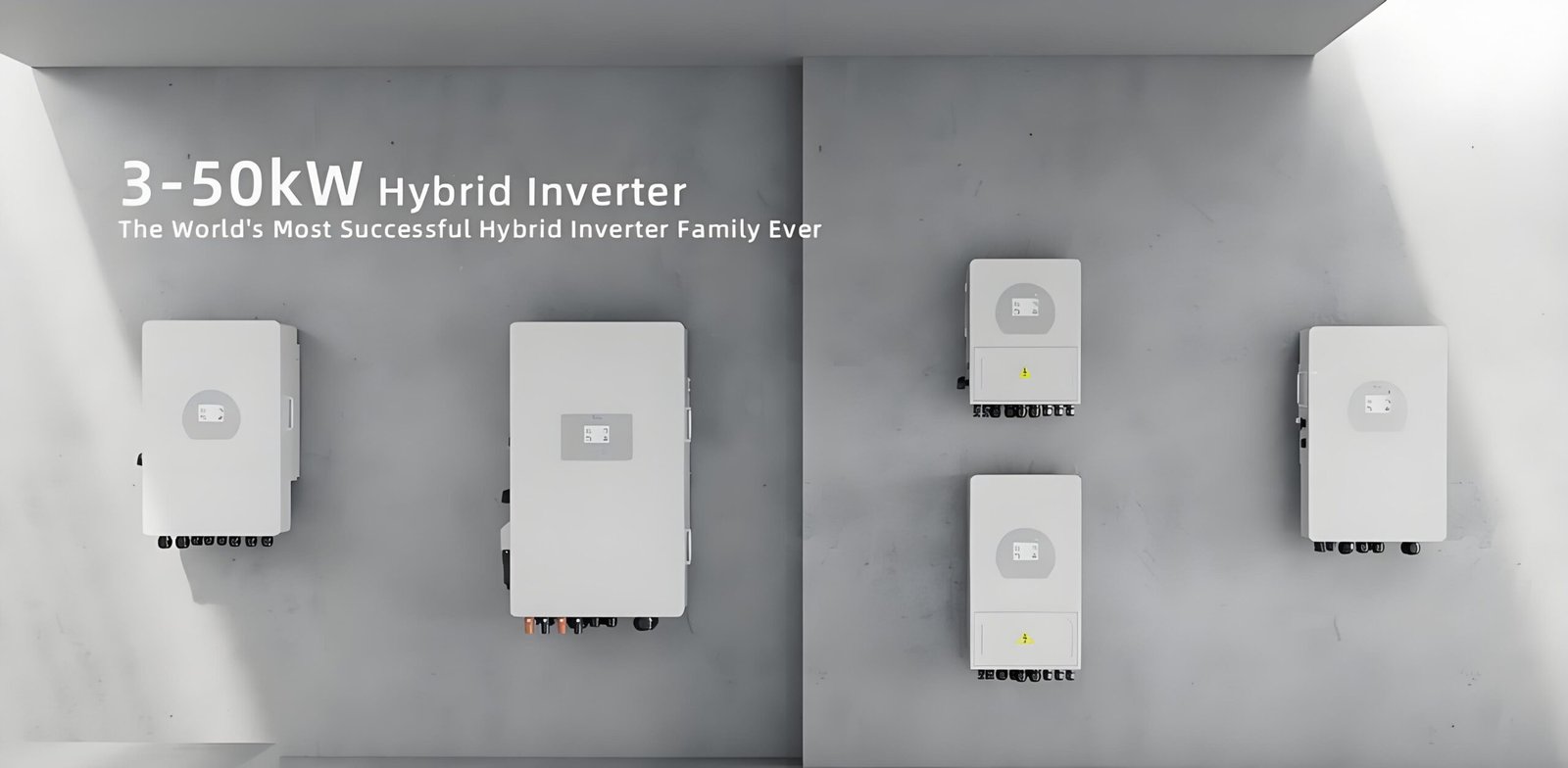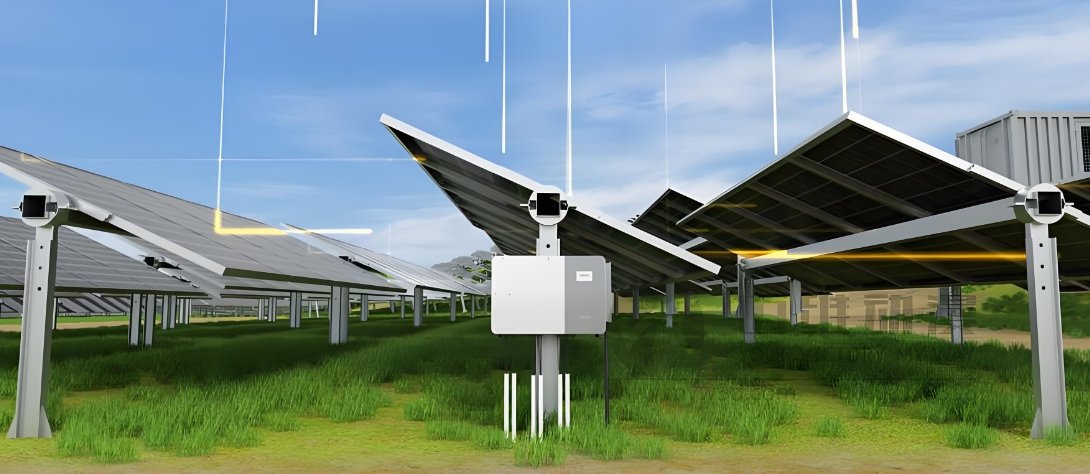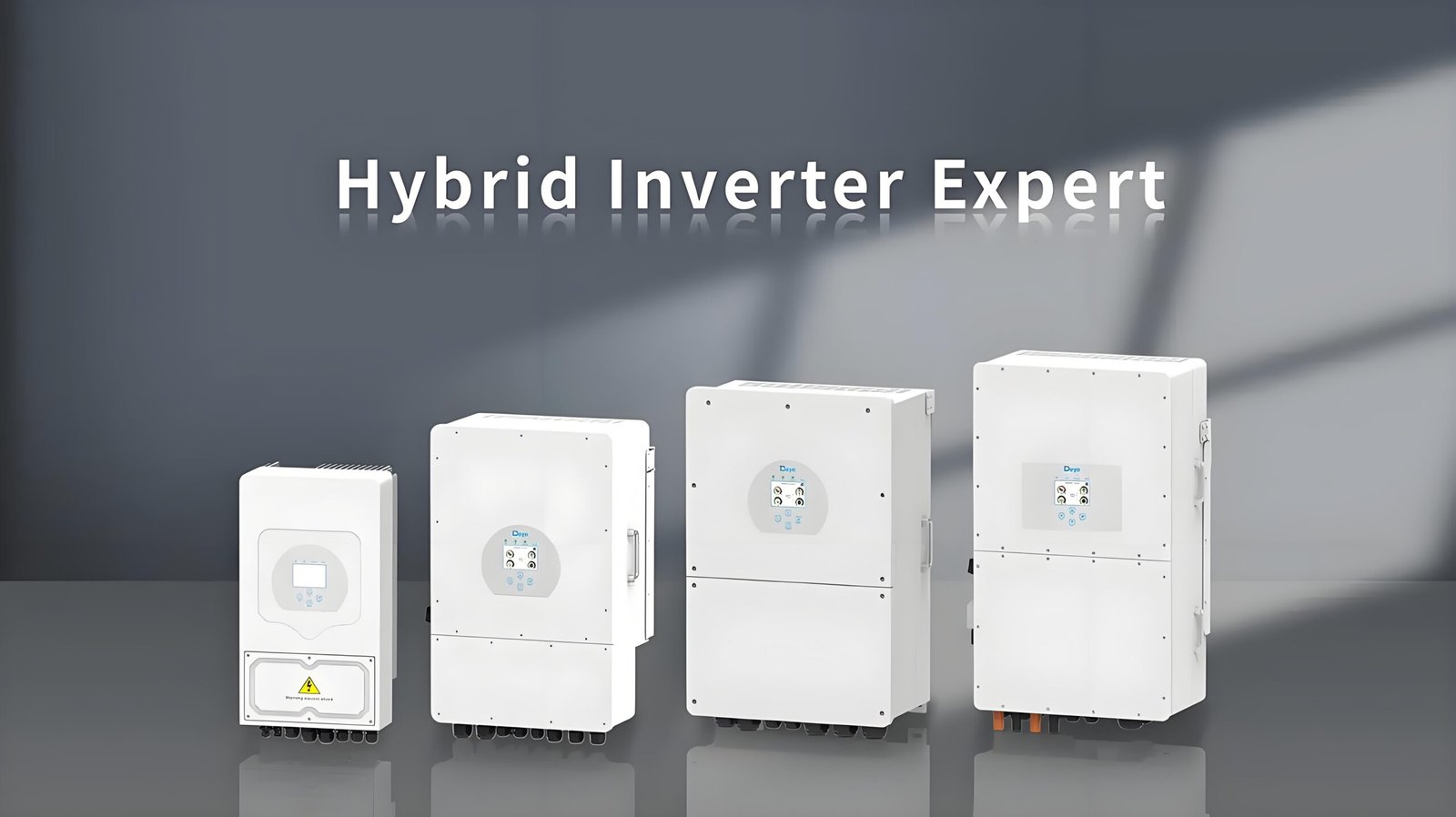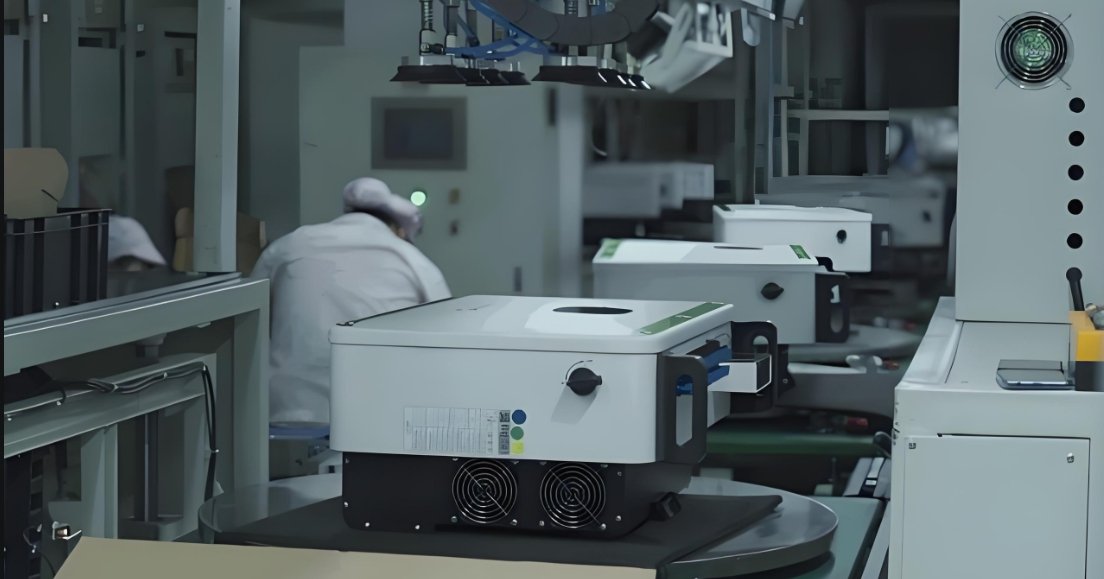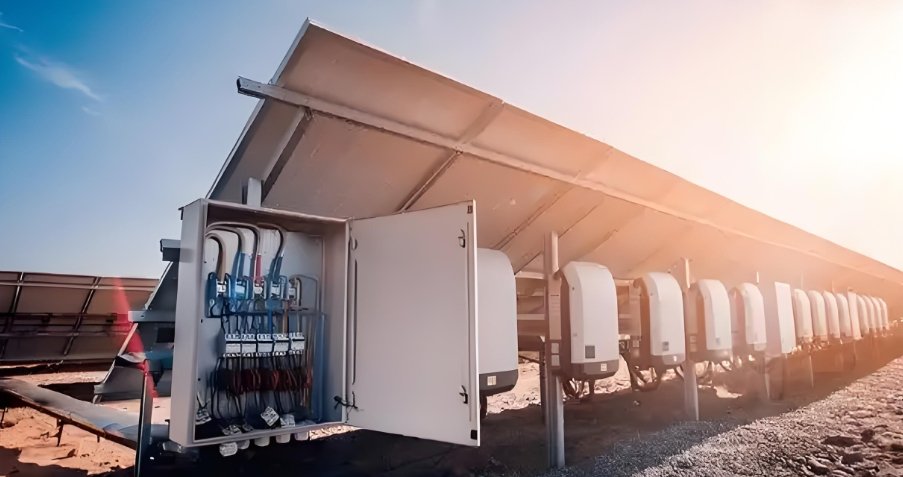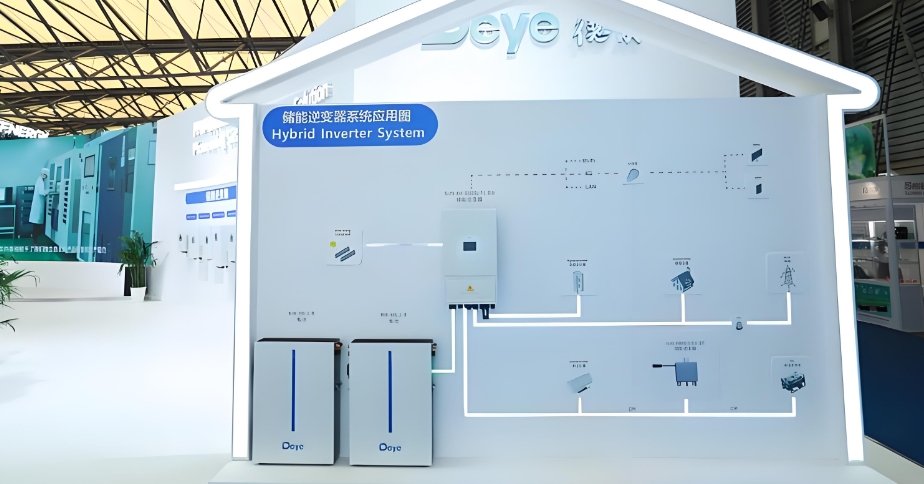Inverter voltage ratings are critical to ensure compatibility with your solar system and battery setup. Pay attention to these numbers.
When selecting an inverter, understanding voltage ratings ensures proper system compatibility, efficiency, and longevity. Key ratings to focus on include rated voltage, maximum input voltage, and others.
Let's break down these voltage ratings and understand why they matter for your energy system's performance and safety. Understanding these specifications will help you select an inverter that meets your solar system's requirements and operates efficiently within safe limits. These ratings include:
- Rated Voltage: Optimal efficiency.
- Maximum Input Voltage: Safety limit.
- MPPT Voltage Range: Effective energy management.
- Minimum Startup Voltage: Required to begin operation.
- Operating Voltage Range: Normal operational limits.
- Battery Voltage Ratings: Compatibility with battery systems.
Rated Voltage
Rated voltage is the standard operating voltage that an inverter is designed to handle. It’s the voltage level that matches your grid or battery system for optimal performance.
Rated voltage1 defines the inverter’s designed operating voltage, ensuring it works seamlessly with your power source.
Rated voltage refers to the nominal voltage that the inverter is engineered to work with. For grid-tied systems, this is typically 220V or 230V in most countries. For off-grid systems, it might be 48V or 24V, depending on your battery configuration. Ensuring this rating matches your power system's output guarantees that your inverter will efficiently convert energy without risk of damage. A mismatch here can cause overloading or underperformance, leading to higher energy losses and potentially even system failure.
Understanding the rated voltage is also essential for selecting the right inverter for future scalability. If you plan on expanding your solar system or battery setup, choosing an inverter with a compatible rated voltage allows for easier integration of additional components.
Example of Voltage Mismatch Risks
| Voltage Type | Ideal Use Case | Risk of Mismatch |
|---|---|---|
| 120V | Small residential solar setups | Overload, system instability |
| 220V/230V | Standard grid-tied systems | Reduced energy output |
| 48V | Off-grid, medium battery setups | Low energy conversion efficiency |
Maximum Input Voltage
The maximum input voltage defines the highest voltage the inverter can safely accept without causing damage.
[Maximum input voltage](Maximum input voltage in solar inverters)2 indicates the upper voltage limit an inverter can handle. It’s crucial for ensuring long-term durability.
Maximum input voltage is the threshold that your inverter can handle without damage. This value is particularly important when integrating solar panels with varying output characteristics. If the solar array's voltage exceeds this limit, it can cause overheating, component failure, or even complete inverter damage. As solar technology improves, panels often produce higher voltages, so it's important to select an inverter that can handle these surges, especially during periods of peak sunlight. Typically, residential inverters have a maximum input voltage between 500V and 1000V. Choosing one with a higher rating ensures greater flexibility and better performance in different weather conditions.
| Panel Voltage (V) | Maximum Input Voltage (V) | Result if Exceeded |
|---|---|---|
| 300V | 600V | Overheating, damage to inverter |
| 600V | 1000V | Shortened inverter lifespan |
MPPT Voltage Range
MPPT (Maximum Power Point Tracking) voltage range is crucial for determining the optimal voltage at which an inverter can extract the maximum power from your solar panels.
The MPPT voltage range3 ensures the inverter works at peak performance, optimizing the power harvested from solar panels.
The MPPT voltage range is key to maximizing energy harvest from solar panels. Solar panels operate at varying voltages throughout the day, and the MPPT system continuously adjusts to the optimal power point. It’s important to understand the MPPT voltage range because if your panel's voltage is outside this range, the inverter won’t be able to optimize the power. For example, if you have a solar array that operates between 200V and 500V, the inverter should be able to handle that range for maximum efficiency. Most inverters come with two MPPT inputs, allowing them to track two different arrays with different voltage profiles.
Key MPPT Voltage Considerations
| Panel Voltage (V) | MPPT Range (V) | Inverter Efficiency |
|---|---|---|
| 300V | 150V - 500V | High performance |
| 500V | 200V - 800V | Moderate performance |
Minimum Startup Voltage
Minimum startup voltage is the lowest voltage at which an inverter will begin operation.
The minimum startup voltage4 tells you the lowest point the inverter needs to begin functioning.
Minimum startup voltage is a crucial factor, especially for off-grid systems. It indicates the voltage level that’s necessary for the inverter to start generating power. If the solar array’s voltage drops below this level, such as during cloudy or low-sunlight days, the inverter will fail to start. This is especially important for areas with variable weather conditions. A lower minimum startup voltage means the inverter can begin working sooner, even in less-than-ideal conditions. Many modern inverters now feature lower startup voltages to help maintain power generation throughout the day, ensuring that the system is never without energy, even during cloudy mornings.
| Inverter Model | Minimum Startup Voltage (V) | Performance in Low Light Conditions |
|---|---|---|
| Model A | 120V | Can start even with weak sunlight |
| Model B | 200V | Needs more sunlight to start |
Operating Voltage Range
The operating voltage range is the range of voltages within which an inverter can continuously function without damage.
Operating voltage range5 ensures your inverter runs smoothly during normal operation without risk of malfunction.
The operating voltage range is essential for ensuring that the inverter operates smoothly throughout the day. The voltage can fluctuate depending on temperature, panel performance, and weather conditions, and it’s crucial to select an inverter that can handle these changes. For instance, if your panels' voltage fluctuates between 300V and 600V, your inverter should be able to handle those extremes while maintaining efficiency and safety. Operating voltage that’s too high or low can lead to inefficient performance or damage to the inverter. Always ensure that the inverter's operating range comfortably encompasses the expected voltage from your solar array or battery system.
| Operating Voltage (V) | Ideal Range (V) | Risk if Outside Range |
|---|---|---|
| 300V | 250V - 600V | Risk of inverter shutdown |
| 600V | 400V - 800V | Risk of overheating |
Battery Voltage Ratings
Battery voltage ratings determine the compatibility of the inverter with your energy storage system.
Battery voltage ratings6 dictate which inverters are compatible with your energy storage, impacting efficiency.
Battery voltage ratings are crucial when selecting an inverter because they dictate how well your inverter will work with your battery system. In off-grid solar setups, for instance, you might use 12V, 24V, or 48V batteries, and the inverter must be designed to operate at the specific battery voltage. Using an incompatible voltage rating could result in inefficiencies, overheating, or damage to both your inverter and batteries. It’s vital to match the inverter’s battery voltage rating with that of your energy storage system for smooth, safe operation. Most inverters now come with multiple battery voltage options, allowing for greater flexibility in system design.
| Battery Voltage (V) | Compatible Inverter Voltage (V) | Benefits |
|---|---|---|
| 12V | 12V, 24V | Lower cost, compact setup |
| 48V | 48V, 96V | High efficiency, longer life |
Conclusion
Understanding the voltage ratings of your inverter ensures safe, efficient, and reliable solar energy production.
Footnotes
-
Learn what rated voltage means in solar inverters and how it ensures compatibility with grids and batteries. ↩
-
Discover what maximum input voltage means in solar inverters and why it’s important for durability. ↩
-
Learn how the MPPT voltage range ensures optimal power extraction from solar panels. ↩
-
Understand the significance of minimum startup voltage and how it affects inverter performance. ↩
-
Learn about the importance of operating voltage range and how it affects inverter performance. ↩
-
Learn about how battery voltage ratings impact inverter compatibility and system efficiency. ↩

